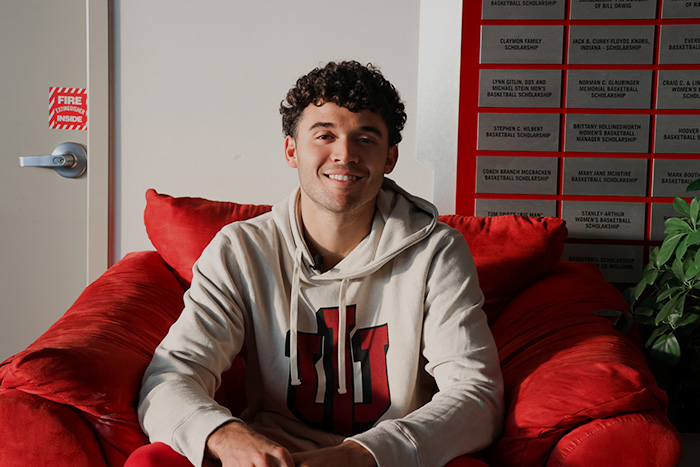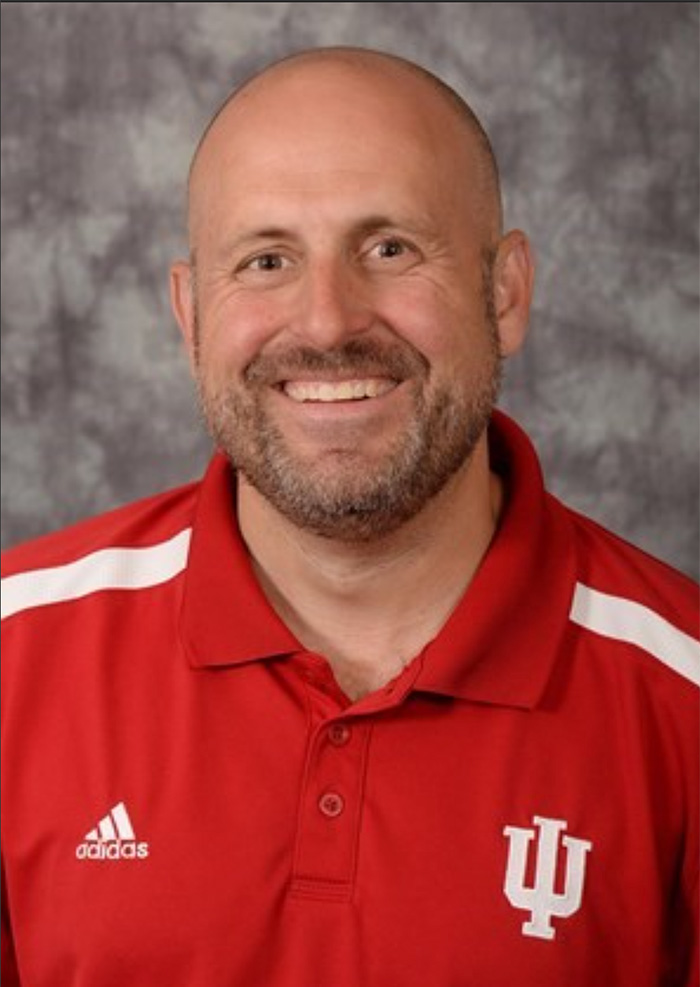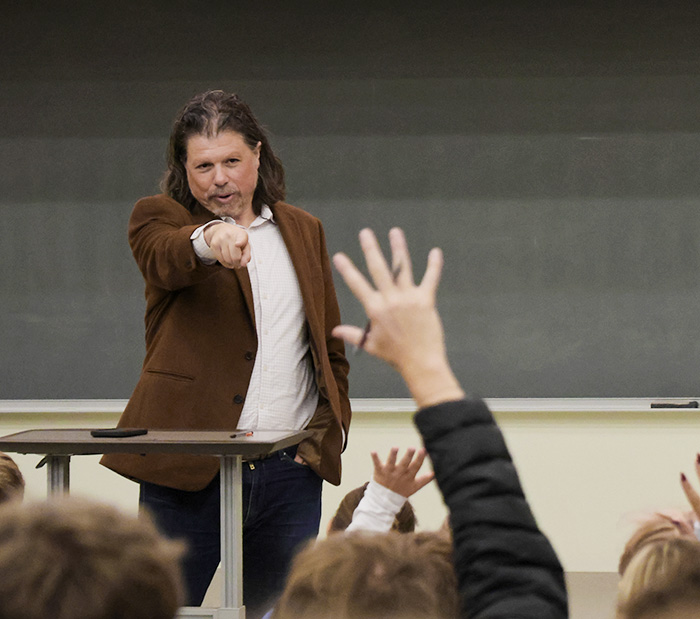
New NIL Rulings Impact More Than Just Young Athlete Financials
By: Xander Yeh, Kyla Dunigan, Lindsay Iaquinta
BLOOMINGTON, Indiana (Oct. 25, 2024)
INDIANA – New NIL Rulings Impact More than just Young Athlete Financials
On a bright, fervent afternoon in Indiana University, the quiet air is shattered by the roar of the crowd, rumbling the courts and echoing throughout the Simon Skjodt Assembly Hall. The game has approached its last moments—every second counting, Indiana University’s shooting guard Anthony Leal shoots and sinks a basket, scoring his team the final point needed to bring home a victory. The packed stands deafen the stadium with cheering, Leal and his peers hug and triumphantly celebrate. It was a moment to savor, but for Leal, it reminded him the importance of giving it everything he had.
As the noise fades and the players head to their locker rooms, many athletes shift their focus, now facing the responsibilities of life beyond the court. But for Leal, the game is everything and passionately is able to continue developing his skills and legacy on a new playing field—the NIL landscape. Due to the recent Supreme Court ruling, NCAA v. Alston, student-athletes finally have the opportunity to benefit from their name, image, and likeness. But this change does not come without scrutiny.
With disparities in earnings and the status of student-athletes in the spotlight, NIL has sparked debate and controversy—a backlash and legal battle that affect the careers of many athletes like Leal. Critics and some athletes who struggle to leverage their identities claim that is unfair and distracting. As tensions boil and new regulations take shape, many student-athletes push back with their own narratives—Leal and his teammates see things differently, believing that such concerns are overblown.
“(NIL) makes you want to perform even better,” said Anthony Leal when asked directly about how the ruling affects his gameplay. “The better you play the more opportunities you might have.”
Leal and his team’s performance have not shown signs of decline attributed to competing NIL deals—it appears to have strengthened. On the court, Leal’s team enters a flow state, focusing on their shared goal of victory; NIL is only embraced as a bonus for after the final buzzer. Concerns of internal conflict—driven by jealousy or envy—appear to stem from outside observers, failing to align with the athletes’ reality.
“We are all aware that we are a lot better off this way (and) we are still mainly focused on trying to win games—NIL is kind of on the side,” said Leal when asked his opinion on concerns of internal dynamics. “It is not like this player is making more than me or I am making more than this player—that sort of thing has never really come up.”

The rising controversy has intimidated many aspiring athletes, stirring resentment and debate. But concerns over equity and team dynamics often overshadow the broader appeal of NIL, reflecting something much deeper than financial gain. To many athletes and directors, success in the industry is multi-faceted, requiring more than just game performance. NIL is argued to fill these gaps, providing student athletes the opportunity to develop skills that last beyond their athletic bubble and time in college.
“There is still the mission of turning young people into functional professional adults,” said Senior Associate Athletic Director Jeremy Gray when interviewed about NIL implications outside the field. “If you go through the NIL landscape you learn how to brand yourself, (how to manage) taxes, how to present yourself and how to run a business.”

Leal corroborates NIL’s opportunistic benefits, voicing how “Real estate deals for NIL have opened up a career possibility” and emphasizing how he has “(gotten) more into the business world and outside of the sports world.”
The pursuit of academic paths often provides students with a skillset and sense of independence that lasts long after college years. This raises an important question: why should student-athletes be limited from gaining the same kind of advantages?
Jeremy believes that “(NIL) is an excellent training ground for them… it’s like the world’s coolest group project… it gets them ready for a professional role.”
For many, the ruling represents more than just an opportunity, but a foundational right.
“Everybody in this room as an adult has a right to publicity,” Galen Clavio said during a class presentation about the topic of NIL for student athletes. “You have a right to profit off your publicity… (it) is not a case of new rights, it is instead the removal of NCAA restrictions.”

The clash between the echoes of tradition and the consequences of progression continues to pave the future of sports. Now, thanks to the Supreme Court ruling, players like Leal can step off the court into a new age of college athletics, defined by holistic opportunity and growth. NIL may have complicated the industry forever, but it is clear that the game is no longer confined to the courtᅳand for athletes like Leal, that makes every moment worth playing for.
Students and a professor near Franklin Hall voice their opinions on NIL and its impact. The interviewees were chosen arbitrarily and express support for NIL, emphasizing how the system is fair and rewards hard work.
###

